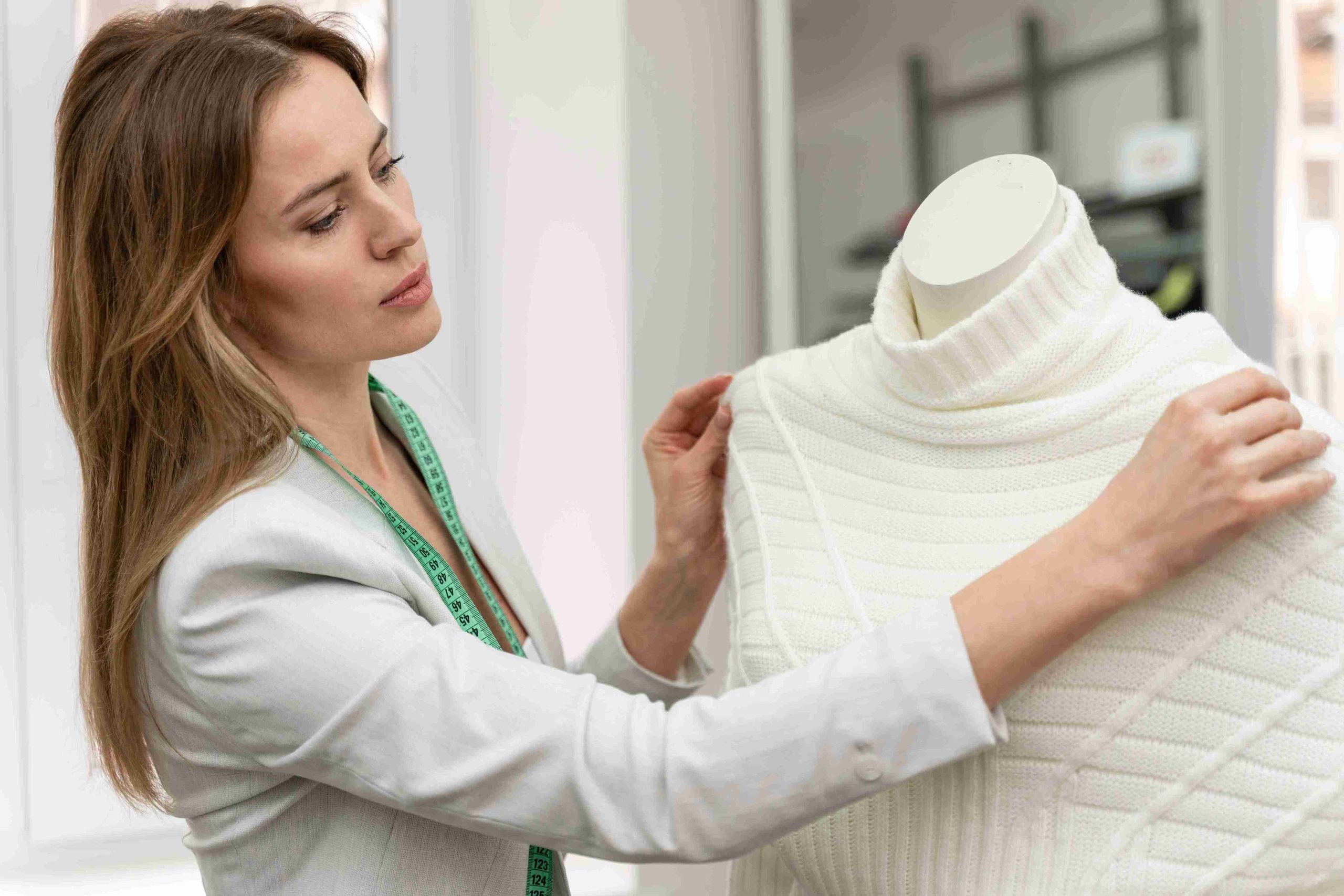Science in the material design and processing is the current leader of the personal care and wellness industries. A product as seemingly simple as a disposable bathrobe is the result of meticulous engineering, hygiene protocols, and material science. These disposable cloths have now become a necessity in spas, salons, hospitals and luxury hospitality services- they are comfortable, clean and convenient.
Behind the scenes, advanced technologies such as low temperature granulators are playing a critical role in preparing the polymers and fibers that go into these garments. These are granulators designed to handle heat sensitive materials with a view to achieving the best texture, strength, and safety of the end product.
In this article, we will discuss how material processing and fabric technologies are coming together- featuring how the future of personal care products is being defined by innovation in both machine design and material science, taking raw polymer granules to ready to wear solutions.
What Makes Disposable Bathrobe Materials Unique?
Disposable bathrobes differ significantly from traditional fabric robes in both design and function. They are usually composed of non woven fabrics like polypropylene (PP), polyethylene (PE) or a composite of spunbond-meltblown. They are selected based on light weight, breathability, water resistance and sterilization.
In contrast to cotton or linen, which needs to be washed, such robes are disposable, which makes them particularly popular in the areas where hygiene is a priority. They are useful in the spa and medical setting since they minimize the chances of cross-contamination but they are also comfortable and provide modesty to the user.
Their texture and drape is also another distinctive feature. The manufacturers have the duty to make the material soft and comfortable to touch, and yet durable in the short-term usage. The tactile property is obtained with the help of precision-engineered fibers and surface treatments that simulate the feel of woven fabric.
This combination of hygienic reliability and consumer comfort places strict demands on the raw material quality—creating a need for consistent and finely processed input, where low temperature granulators are proving essential in shaping the feedstock used in these robes.

Manufacturing Processes Behind Disposable Bathrobes:
The production of disposable bathrobes begins with material selection and preparation. The majority of the robes are produced using thermoplastic polymers such as PP or PE, and the non-woven sheets are produced in processes such as spunbonding, or meltblown extrusion. These methods include melting the polymers and drawing them into fine filaments and fusing them into a web like fabric.
These polymers are then granulated before processing- broken into uniform manageable particles. This is where low temperature granulators enter the picture. These machines chop big or waste plastic products into granules that can be extruded, and they do so without affecting the structure of the polymer.
The non-woven fabric is then cut, shaped and heat-sealed or stitched into the shapes of bathrobes after web formation. The last stages include such features as belt loops, collars, or snap closures. Automation is consistent and decreases human contact- which is essential in remaining sterile.
Every stage of this chain depends on the quality of base materials. The more superior the granules, the smoother and effective the extrusion and bonding. The granulator performance therefore determines the comfort, strength and hygiene of the end product.
Role of Low Temperature Granulators in Material Preparation:
Low temperature granulators are essential equipment in industries that require precise handling of thermoplastics. These are machines that are subjected to a controlled and lower temperature to avoid material degradation when granulating them. For disposable bathrobe production, this is particularly important.
Conventional high-speed granulators may result in overheating of polymers which causes melting, discoloration and loss of material. In contrast, low temperature granulators use cooling mechanisms, slow-speed cutting, and precision blades to preserve the physical and chemical properties of the plastic feedstock. This will make sure that the polymers maintain their best melt flow index and bonding strength- which is essential in the formation of high quality non-woven sheets.
Within the personal care and medical textile sectors, minor changes in polymer consistency can change the texture of fabric. Also, it can affect bonding strength, and comfort. Low temperature granulation reduces dust and fines, yields more uniform granules that extrude more evenly through extrusion lines.
The granulators are also energy efficient and produce low noise levels thus they are suitable to be used in facilities that are geared towards clean, quiet and sustainable processes. This has made them play a major role in the manufacture of high quality, hygienic and soft feel fabrics in disposable garments.
How Low Temperature Granulators Improve Disposable Bathrobe Quality?
The performance of a disposable bathrobe is highly dependent on the uniformity and quality of its base material. Low-temperature granulators make sure that the plastic granules utilized in the manufacture of fiber are homogenous in size, form, and structure. This uniformity enables more control in fiber extrusion and bonding- directly influencing the end product in terms of durability and softness of the final fabric.
Because low temperature granulators prevent polymer overheating, the resulting granules maintain stable molecular weight and flow characteristics. This results in the easier processing and enhanced bonding in the formation of the web. The last non-woven is smoother, better drapes and highly unlikely to tear, which is essential in personal care products where comfort and safety of the user are the most important factors.
In addition, these granulators assist in the removal of thermal defects such as yellowing or hard spots, which might be present in high temperature processing. This will ensure that the disposable robe looks clean and uniform in appearance- which is important in high-end spas, clinics or hotels that intend to provide a superior customer experience.
Thermal Sensitivity of Polymers and Its Impact on Bathrobe Production:
Polymers used in disposable bathrobe manufacturing—such as polypropylene and polyethylene—are inherently sensitive to temperature. Their structure may be degraded by excessive heat leading to brittleness, discoloration or weakened bonding performance during fiber formation.
Any variation in temperature during the granulation or extrusion process of processing environments may affect the uniformity of the fibers and tensile strength. This is why low temperature granulators are vital: they minimize thermal exposure while preparing granules, preserving material properties for downstream processing.
The temperature stability also influences the breathability and softness of the non-woven fabric-which are the attributes that are closely associated with customer satisfaction. They should feel light and, at the same time, be able to shape and provide some barrier protection whether it is in medical gowns or spa robes. These standards are achieved through precision thermal control in the manufacturing chain.
Conclusion:
From polymer granules to soft, sterile garments, the production of disposable bathrobes is rooted in precision and innovation. Low temperature granulators play a pivotal role in shaping high-quality, heat-sensitive materials that ensure product consistency and comfort. These technologies will also be used to create more intelligent, more sustainable manufacturing as the personal care industry continues to develop.


